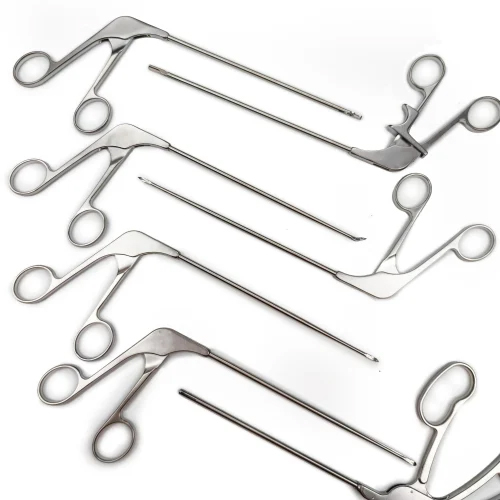Orthopedic Surgical Instruments
Home / Orthopedic Surgical Instruments
Orthopedic Surgical Instruments
A wide variety of high-precision surgical tools are used in orthopedic surgery to treat joint problems, fractures, and musculoskeletal ailments. These tools are essential for improving surgical accuracy, guaranteeing successful surgeries, and accelerating patient recovery.
During orthopedic treatments, surgeons utilize specially made medical devices called orthopedic surgical instruments to cut, shape, drill, hold, and fix bones and tissues. To guarantee longevity, resistance to corrosion, and ease of sterilization, premium stainless steel, titanium, and other biocompatible materials are used in their construction.

Forceps

Cheatle Forceps
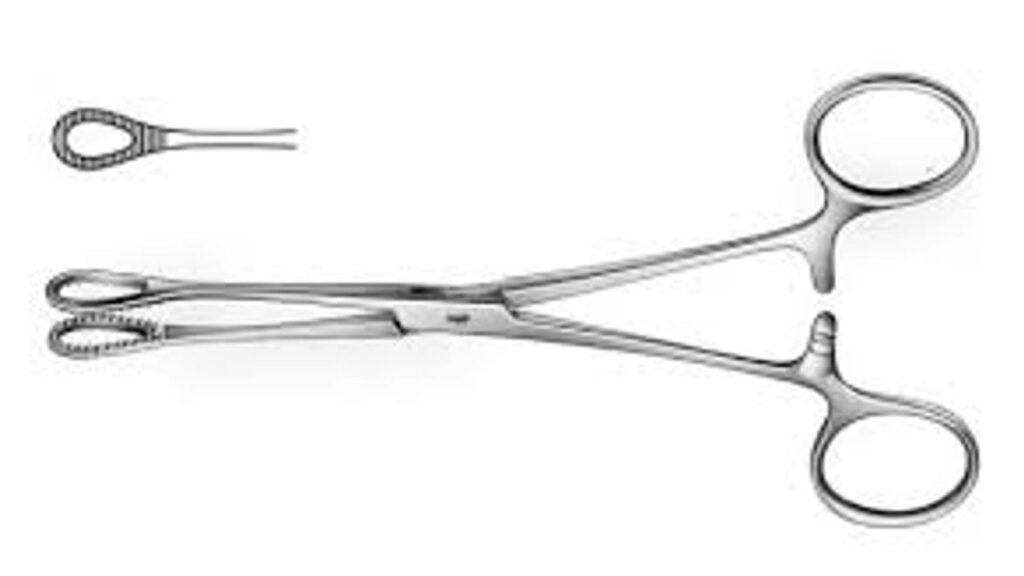
Sponge Forceps
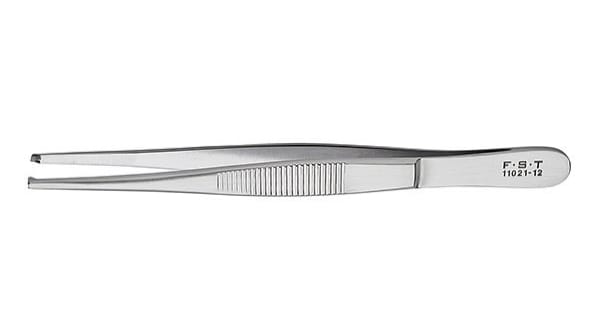
1x2 Toothed Tissue Forceps

Plain Thumb Forceps

Adson Thumb Tissue Forceps

Artery Forceps

Curved Artery Forceps
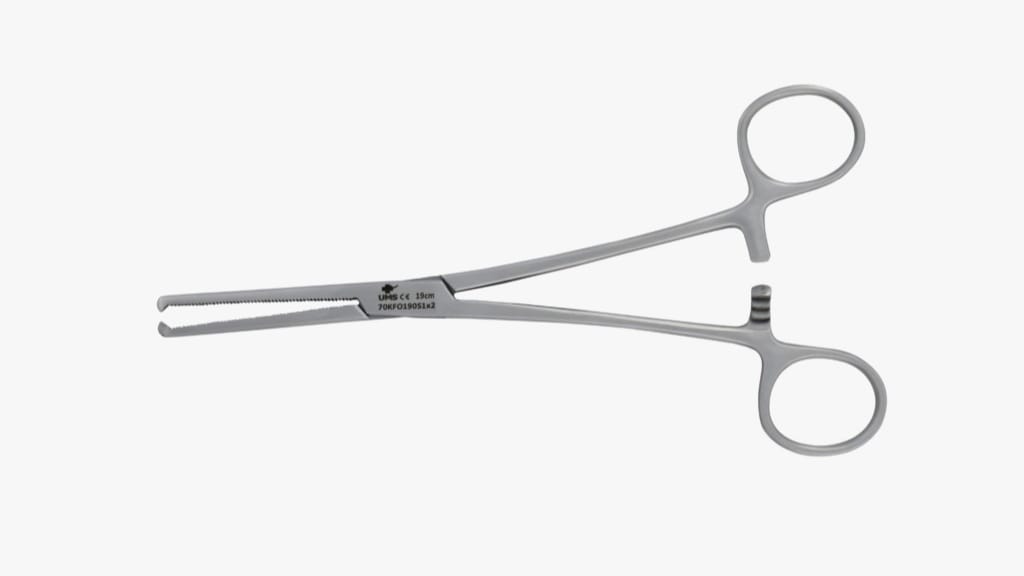
Kocher Hemostatic Forceps

Allis Tissue Forceps
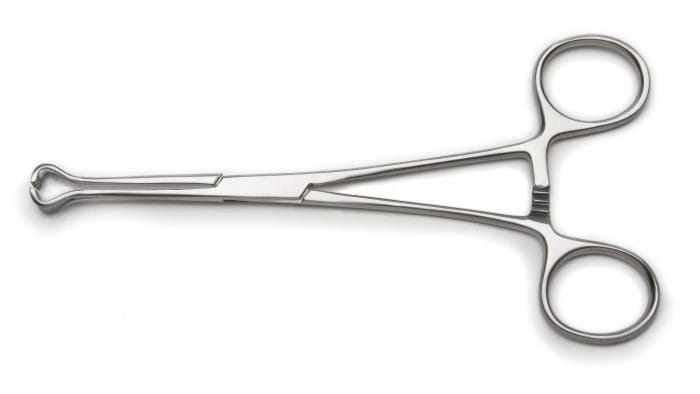
Lahey Right Angled Forceps

Babcocks Forceps
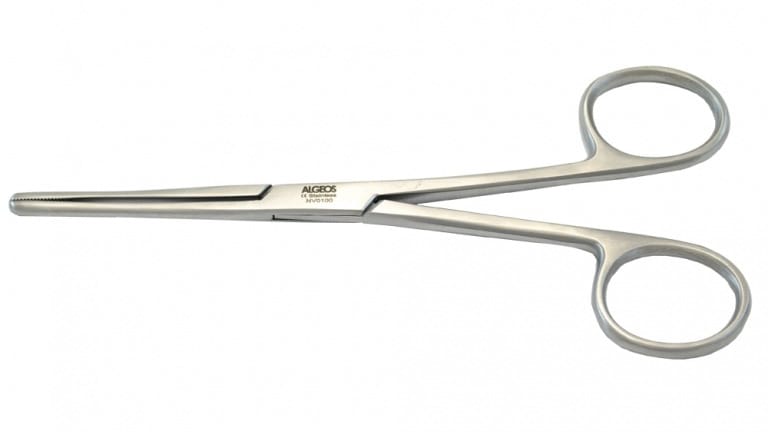
Listers Sinus Forceps
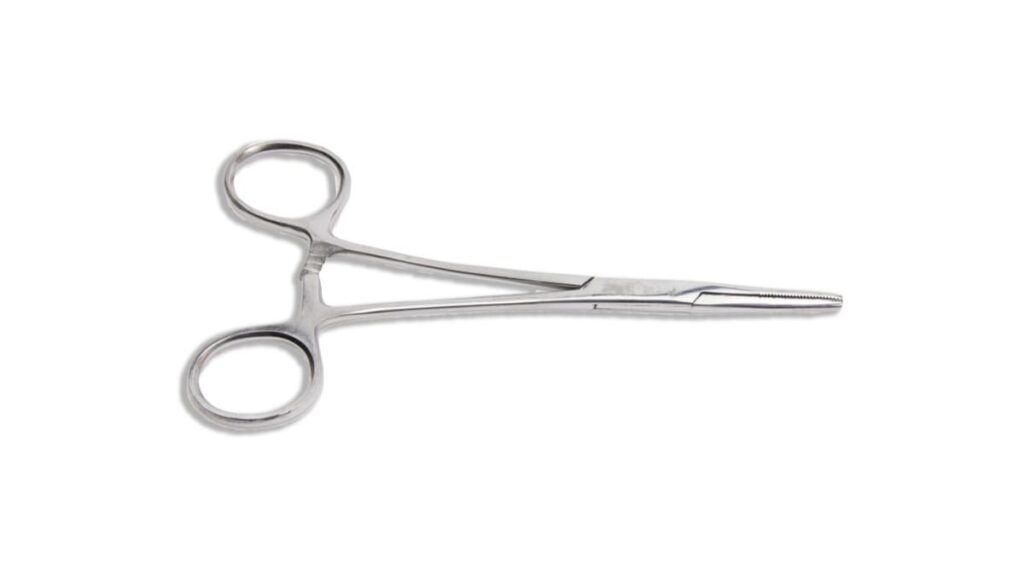
Mosquito Sinus Forceps

Pointed Reduction Forceps

Speedlock Bone Reduction Forceps

Needle Holder
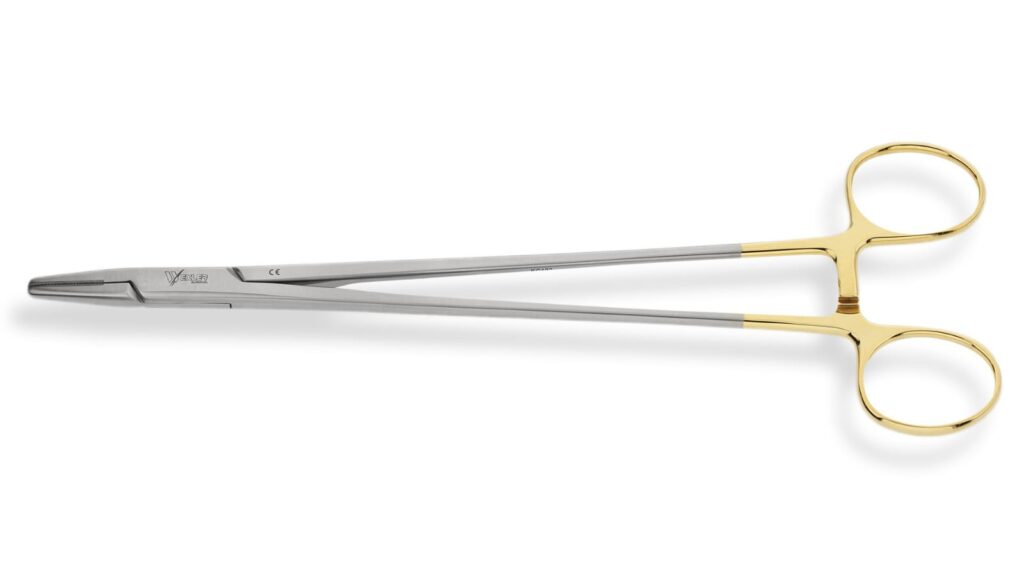
Mayo Hegar Needle Holders

Backhaus Towel Clamp

BP Handle / Bard Parker Handle

Scalpel Blades
Types of Orthopedic Instruments Sets
Orthopedic tools can be divided into groups according on how they are used during surgery. The main categories of instruments used in orthopedic surgery are broken down in depth below.
Bone Cutting Instruments
These instruments are designed to cut through hard bone structures with precision, ensuring minimal tissue damage and faster healing.
Common Bone Cutting Instruments:
- Osteotomes: Chisel-like tools used to cut and shape bones.
- Bone Saws: Used in joint replacement surgeries to remove bone sections.
- Gigli Saws: Flexible wire saws used for controlled bone cutting.
- Rongeurs: Sharp-edged instruments used to remove small bone fragments.
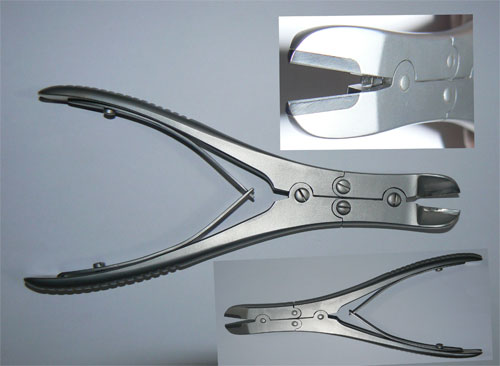

Bone Holding and Grasping Instruments
These instruments provide a firm grip on bones and tissues, allowing surgeons to perform procedures with stability.
Common Holding and Grasping Instruments:
- Bone Clamps: Used to hold fractured bones in place.
- Reduction Forceps: Assist in aligning bone fractures before fixation.
- Needle Holders: Secure needles for suturing during surgery.
- Towel Clamps: Hold drapes and tissues in position.
Drilling and Fixation Instruments
Orthopedic procedures often require the drilling of bones to insert screws, pins, or plates for fixation.
Key Drilling and Fixation Instruments:
- Bone Drills: Used to create holes for screws and pins.
- Screwdrivers: Designed to insert and tighten orthopedic screws.
- Kirschner Wires (K-Wires): Thin wires used for temporary fixation of fractures.
- External Fixators: Devices used to stabilize complex fractures externally.
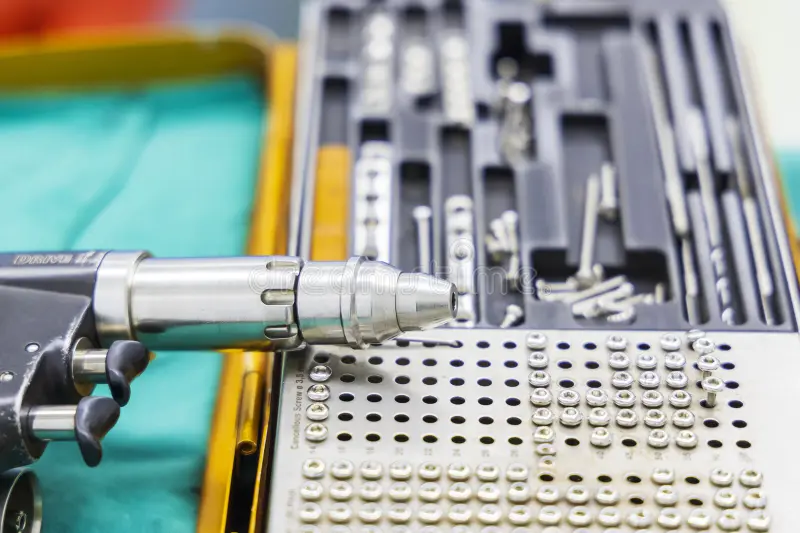
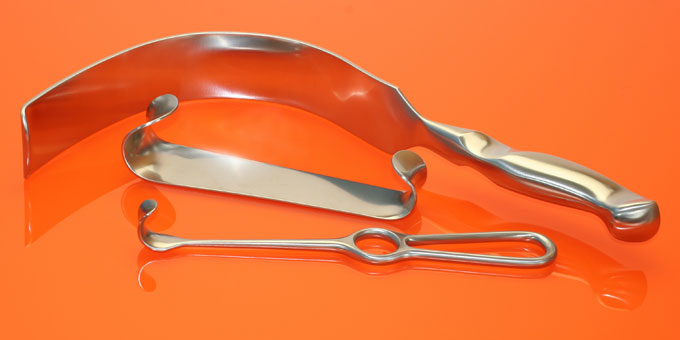
Bone Elevators and Retractors
Bone elevators and retractors assist in lifting tissues and exposing surgical sites without damaging nearby structures.
Common Bone Elevators and Retractors:
- Hohmann Retractors: Used to hold soft tissues away from bones.
- Cobb Elevators: Designed to separate tissues from bones during procedures.
- Langenbeck Retractors: Assist in maintaining a clear surgical field.
Joint Replacement Instruments
These instruments are specifically designed for procedures involving hip, knee, shoulder, and other joint replacements.
Essential Joint Replacement Instruments:
- Acetabular Reamers: Used to shape the hip socket before implant placement.
- Femoral Impactors: Assist in securing femoral components in hip replacements.
- Tibial Guides: Ensure accurate alignment in knee replacement surgeries.
- Trial Prostheses: Temporary implants used for testing before final fixation.
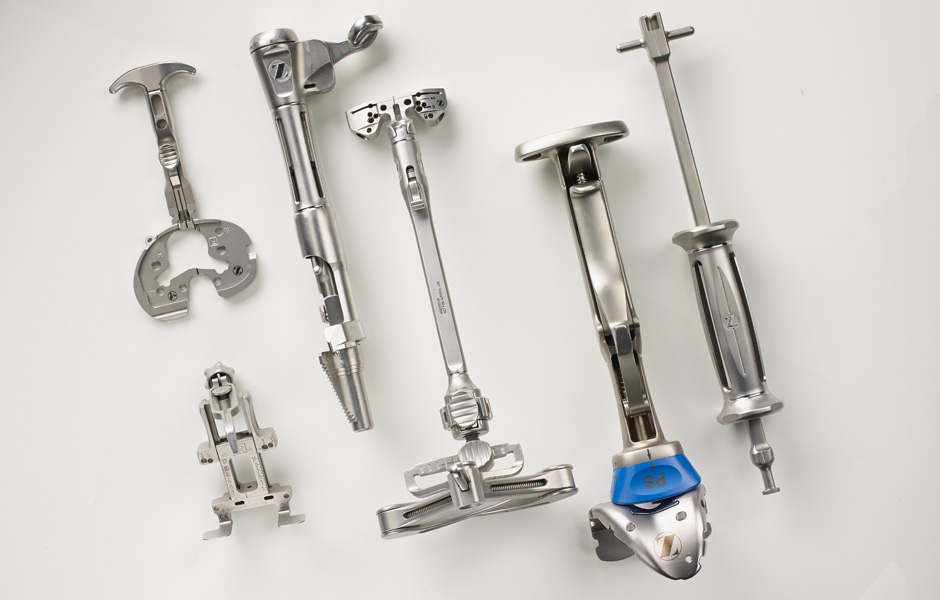
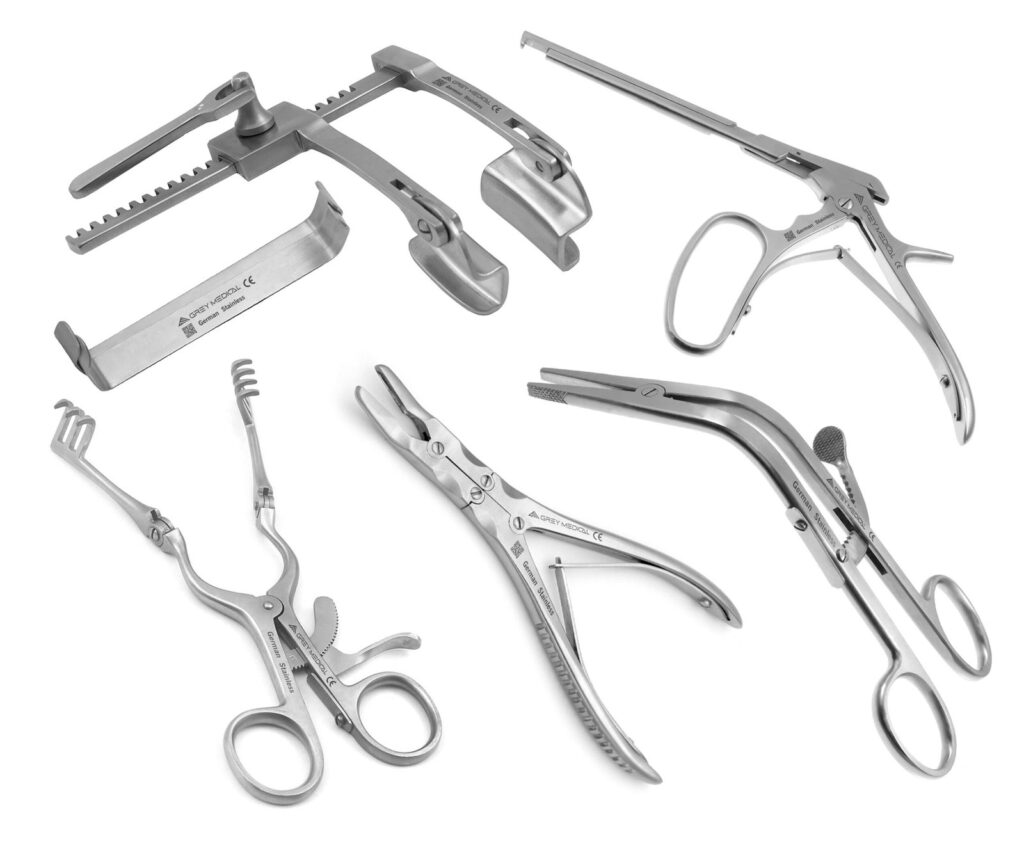
Spinal Surgery Instruments
Spinal surgery requires specialized instruments for procedures such as spinal fusion, laminectomy, and disc replacement.
Key Spinal Surgery Instruments:
- Pedicle Screw Drivers: Insert screws into vertebrae for spinal stabilization.
- Kerrison Rongeurs: Used to remove bone and soft tissues from the spine.
- Interbody Cage Inserters: Aid in placing fusion cages between vertebrae.
- Spinal Hooks and Rods: Stabilize the spine in deformity correction surgeries
Arthroscopic Instruments
Arthroscopic procedures use minimally invasive tools for joint surgeries, reducing recovery time and improving surgical precision.
Important Arthroscopic Instruments:
- Arthroscopes: Fiber-optic cameras for viewing inside joints.
- Shavers and Debridement Tools: Remove damaged cartilage and tissues.
- Suture Passers: Used to pass sutures through soft tissues in joint repair.
- Meniscal Repair Devices: Aid in fixing torn knee cartilage.
